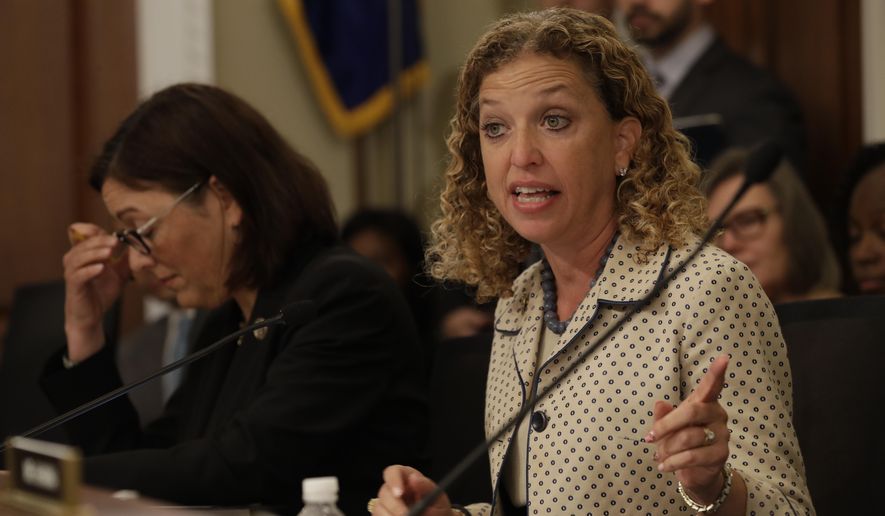Prior to 1861, the New York Associated Press was playing an important role in transforming American journalism by centralizing a network of like-minded newspapers to distribute news to the country. After commencing hostilities, the Lincoln administration began censoring news stories regarding the war almost immediately and what followed was a constant suppression of stories regarding war financing in Congress, the imminent bankruptcy of the government, Northern casualties figures, and war profiteering by war materiel contractors.
Bernhard Thuersam, www.Circa1865.com The Great American Political Divide
Censorship and Favorable Publicity
“At the outset of the Civil War – and for the first time in American history – the federal government created an apparatus to censor news stories. For the first ten months of the war, responsibility for the Washington censorship shifted among cabinet officials. Given this arrangement, the censorship imposed on correspondents during the crucial early phase of the conflict was as much political as military.
In December 1861, the House of Representatives authorized the Judiciary Committee “to inquire if a telegraphic censorship of the press has been established in this city; if so, by whose authority, and by whom is it now controlled.” The committee held hearings during January and February before submitting its fourteen-page report to the House in February 1862.
On April 19 . . . reporters gathered details from the battered [6th Massachusetts Regiment returning from Baltimore] and hurried to the Washington telegraph office to file their stories for Northern newspapers. When they arrived, however, they found the office guarded by a militia squad . . . no one quite accepted responsibility for the decision to ban the transmission of news, though [William] Seward mentioned that the cabinet had been discussing the need for some type of telegraphic censorship.
[News organization owners were told that] Messages about military operations were to be detained, as was anything “injurious to the interest of the Government.” The circular closed with the admonition, “Of course the strictest secrecy must be observed in respect to these instructions.” Near the end of April, the War Department assumed control of the telegraph and the censorship program.
Telegraphic reports about the outcome of [First Manassas] on July 21 damaged the credibility of both the government and the press and prompted changes in censorship. Early accounts of the battle telegraphed to Northern newspapers suggested an imminent Union victory . . . [and] left the public unprepared for the news that followed: the battle ended in an ignominious rout of the Union army.
Only days after Gen. George B. McClellan assumed command of the Army of the Potomac, he met with reporters and proposed a code that governed news sent by telegraph . . . “that may furnish aid and comfort to the enemy.” Eleven correspondents representing leading newspapers in New York, Philadelphia, Boston, Cincinnati, and Washington signed, as did General McClellan.
The ultimate arbiter of what could pass over the wires from Washington, Secretary of War Simon Cameron, was well-positioned to cultivate favorable publicity. He directed the censor to let the “despatches of Mr. [Samuel] Wilkeson, of the New York Tribune, go over the wires as written . . . as Wilkeson enjoyed the latitude to offer comments, even editorialize, in his reports from Washington. “The privilege was to be used wholly in [reference] to the policy of sustaining the govt – sustaining the War Dept.,” Wilkeson testified.
Wilkeson’s reports to the Tribune regularly defended Cameron and the War Department from the many charges of scandal and mismanagement in awarding military contracts.”
(The Telegraph, Censorship and Politics; Richard B. Kielbowicz, Civil War History, Vol. XL, 1994, Kent State University Press, excerpts, pp. 96-101)











